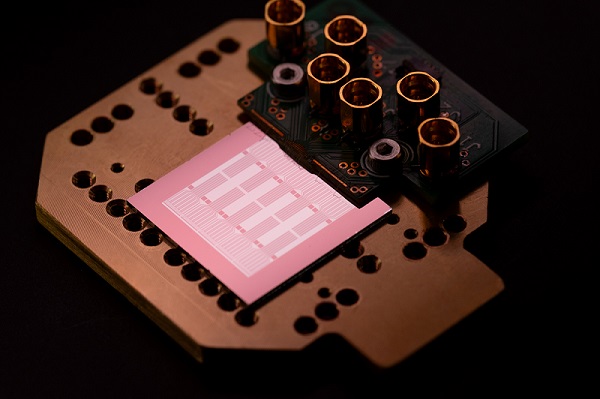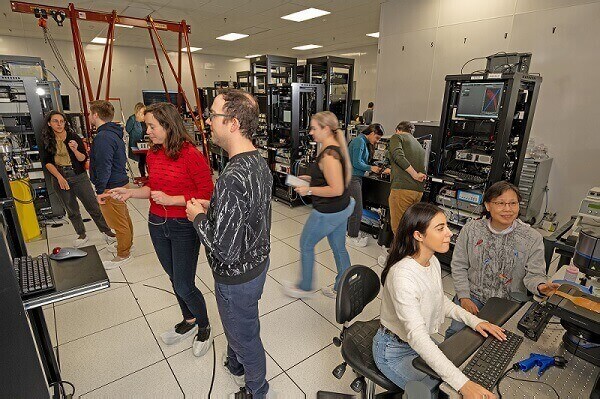Per the agreement, the collaborators will provide an integrated roadmap of technologies and products that can enable reliable quantum communications over long distances, as well as access to Photonic’s quantum computing offering via Microsoft Azure Quantum Elements.
Specifically, Microsoft and Photonics will collaborate on what Microsoft called the “three stages of quantum networking.” In stage one, Microsoft said, the partners aim to deliver entanglement between two separate quantum devices using photons through telecom fiber. Next, the companies aim to deliver a quantum repeater that can capture, entangle, and hold quantum information reliably for a short time. Photonic and Microsoft will then focus on delivering a reliable, fault-tolerant quantum repeater that is operational with the Azure cloud.
Photonic, using silicon, which it called the “dominant enabling design in quantum computing,” has advanced an architecture that uses color centers and telecom band photons to enable computing, networking, and memory. According to the company, photonic links in silicon deliver quantum entanglement between qubits on the same chip and among multiple quantum chips. Photonic’s qubit architecture enables use of efficient quantum error correction codes, such as quantum low-density parity check codes, which the company said are known for extremely low physical to logical qubit overheads and fast and efficient hardware implementation.
“By using a qubit with a photon interface, [Photonic’s] novel approach communicates using ultralow-loss standard telecom fibers and wavelengths,” Microsoft said in a blog post. “When paired with the Microsoft global infrastructure, platforms, and scale of the Azure cloud, this technology will integrate new quantum networking capabilities into everyday operating environments.”

 A view inside Photonic’s lab. Courtesy of Photonic Inc.
Photonic has identified target applications for its technology, including global digital security and internet cybersecurity, as well as modeling and simulating complex systems and processes in areas such as climate modeling, materials development, and the creation of pharmaceuticals. Jason Zander, executive vice president of strategic missions and technologies at Microsoft, said that the collaboration supports additional capabilities in the areas of sensing, with potential to unlock applications and discovery at scale across chemistry, materials science, metrology, communications, and more.
A view inside Photonic’s lab. Courtesy of Photonic Inc.
Photonic has identified target applications for its technology, including global digital security and internet cybersecurity, as well as modeling and simulating complex systems and processes in areas such as climate modeling, materials development, and the creation of pharmaceuticals. Jason Zander, executive vice president of strategic missions and technologies at Microsoft, said that the collaboration supports additional capabilities in the areas of sensing, with potential to unlock applications and discovery at scale across chemistry, materials science, metrology, communications, and more.

.gif)
